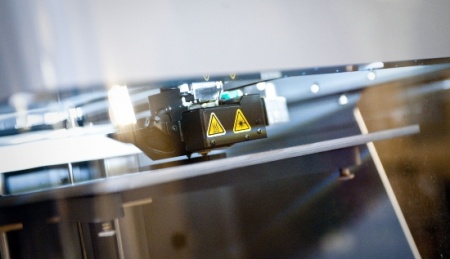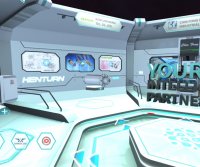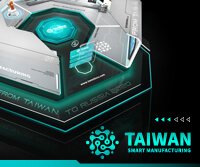
Matt Smith, New Technologies and Process Engineer at Corin Group shares how the company has integrated 3D printing into its orthopaedic implants production. Article by Markforged.
The human body is all different shapes and sizes so for companies who specialise in making implants, streamlining the process for handling variants is important.
Being involved in implementing new technology and creating new processes at the same time is an exciting role for any engineer. Ask Matt Smith, New Technologies and Process Engineer at Corin Group—an orthopaedic medical device manufacturer in the UK, who is well underway with his additive manufacturing programme. Matt began his project in early 2020 with a printer justification based on several new product introductions.
Manufacturing Challenges
Matt and the team set about the task of introducing a new ‘stem’ and ‘femur’ and decided to see what new technology was available to help them do it in a timely manner. Each time a new product is introduced to manufacturing there are a large number of associated fixtures that come with it. Being able to make these in house was a clear benefit and offered some very reasonable cost savings, so it was the obvious place to start.
“We decided that we needed to look at additive as a means of helping us be more agile when introducing new products. We believed there were many areas where we’d benefit, however as we progressed with the project, and more colleagues got involved, we began to realise the huge potential we had,” said Matt.
As the project was getting underway the world fell victim to the COVID-19 pandemic and almost overnight facilities closed, including many of the supply chain at Corin Group. Matt and the team were faced with the almost impossible task of ensuring their new project was still delivered on time, whilst having to work with no raw materials, no sub-contract manufacturing and limited internal resources. As they sat and mused over the creation of all the machining and inspection fixtures required, for the 48 variants of their new stem, and 24 variants of femur they quickly identified a new challenge, their raw material deliveries of forgings and castings would also be delayed. Without the raw material it would be impossible to even test the developed fixturing.




